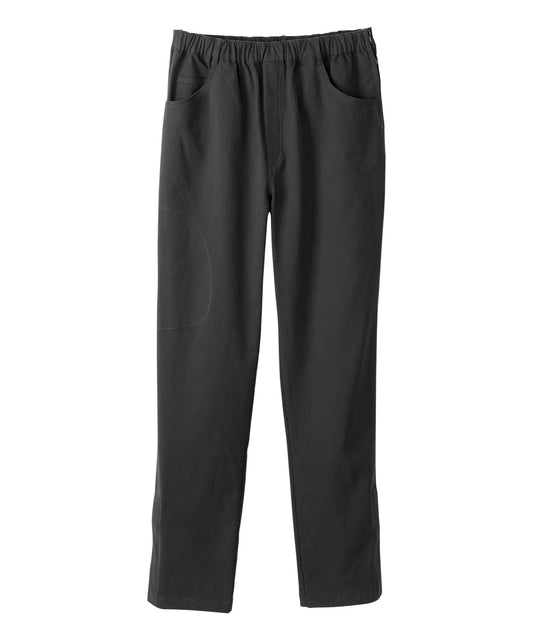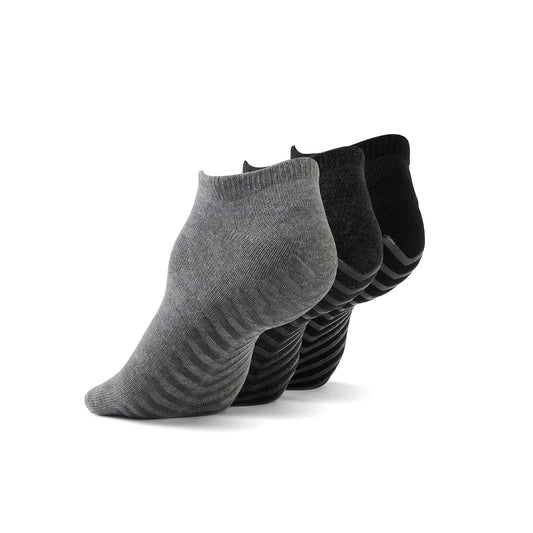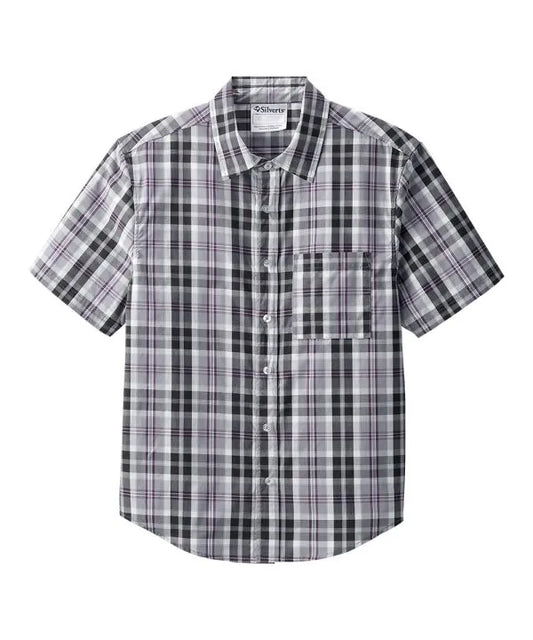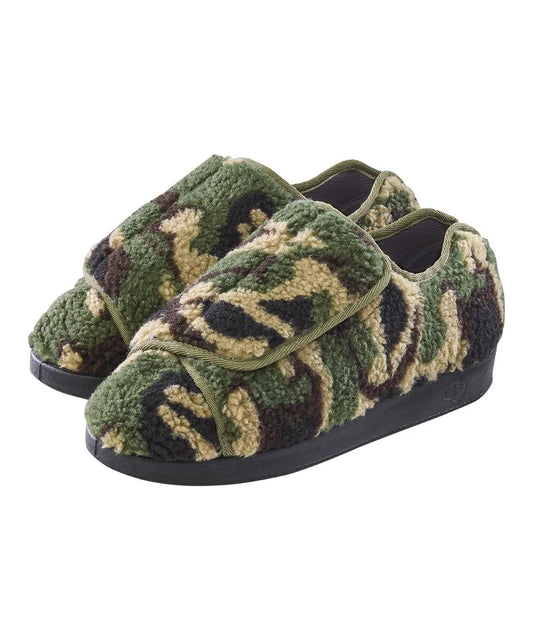Author: Ayesha Malhi
When a relative goes into a nursing home, the emotional weight can be overwhelming, as can be the task load. You want them to be comfortable, respected, and above all, safe. That makes advocating for their daily care, comfort, and dressing needs a top priority for most family caregivers.
But where do you start?
Advocacy does not always require silence, it involves knowing your loved one's rights, collaborating with staff, and ensuring their apparel adds to their comfort and dignity. Apparel, indeed, has a direct impact on health outcomes, emotional well-being, and even mobility. Adaptive fashion, though, offers easy dressing solutions that have a real impact on long-term care.
At JuneAdaptive.com, we're about empowering people who live with disabilities through clothing. Whether assisting a loved one recovering from surgery, living with Parkinson's, or managing limited dexterity, here's how you can be a great advocate for their daily comfort, including the clothing they wear.
1. Understand Your Loved One’s Rights in Long-Term Care
Every nursing home patient in the US and Canada has the right to safety, dignity, and person-centred care. Among these rights is the ability to choose one's own attire and other personal preferences. But all too frequently, elderly or disabled persons are forced to wear simple, poorly fitting clothing that does not suit their specific needs.
As a caregiver for your family, you have the following rights:
-
Participate in the care planning process
-
Request accommodations if you have trouble dressing or moving about.
-
Wear adaptable clothing that upholds dignity and comfort.
Advocate With Adaptive Clothing:
Look for open-back gowns or shirts with magnetic closures if your loved one has arthritis, discomfort, or limited range of motion. These lessen annoyance and make it easier for employees to help.

Explore our Men’s Long Sleeve Polo Shirt with Open Back — a stylish and arthritis-friendly option available at JuneAdaptive.com.
2. Communicate Effectively With Nursing Home Staff
Clear communication with caregivers and nurses ensures your loved one gets the daily care they deserve. It also establishes the foundation for teamwork, not battle.
-
Effective advocacy strategies:
-
Be assertive, but courteous.
-
Use written lists or a communications log.
Ask for regular updates about dressing routines or issues like skin sensitivity, incontinence, or difficulty dressing.
If you speak about dressing issues, focus on how adaptive clothing is good for staff, too. With easy-on styles, magnetic fasteners, and wheelchair-accessible attire, adaptive fashion conserves dressing time, protects skin, and facilitates mobility. A win for everyone.
Try This From JuneAdaptive.com:

Check out the Women's Side Zipper Pants, featuring adjustable waist pants and easy-open sides for quick changes — ideal for limited mobility or after-surgery recovery.
3. Address Comfort, Dignity & Daily Needs With Adaptive Fashion
Does your loved one have clothing that meets their post-surgery or mobility-related needs?
If they do:
-
Incontinence
-
Stroke rehab
-
Spinal cord injury
-
Parkinson's or tremors
-
Chronic pain or arthritis
…then "regular" clothing can worsen discomfort. Look for sensory-friendly clothing with soft-touch fabrics, zipless tops, and tremor or limited dexterity clothing.
Top adaptive features to look for:
-
Side or back openings (no over-the-head activity)
-
Magnetic or Velcro fasteners
-
Seamless or soft fabric for delicate skin
-
Non-constricting fit for prosthetics or swelling
-
Slip-resistant footwear or Velcro adult footwear
Simple dressing enhances their physical and emotional well-being.
Favourite Pick:

Our Women's Wide Easy Slip On Sneakers Without Laces let wearers step in and go — perfect for limited mobility, wheelchair users, or anyone with balance concerns.
4. Create a Personalized Care Plan That Includes Dressing Needs
When developing your loved one's care plan with nursing home staff, take control of their closet.
Ask:
-
How often do they get dressed?
-
Is there dressing training for people with limited mobility?
-
What is easiest to use in routine tasks?
-
Do they offer compression-friendly clothing or hospital-to-home wear?
PLAN:
Coordinate colours, cuts, and closures so staff can more easily assist, and your loved one still has a sense of personal style.
Need help choosing? Contact JuneAdaptive.com for personalized suggestions and caregiver-friendly advice.
5. When to Seek External Support for Your Loved One
It may be time to escalate if you’re seeing warning signs — clothing not changed, unexplained skin irritation, or resistance from staff to accommodate dressing needs.
Options include:
-
Contacting an ombudsman or long-term care advocate
-
Filing a formal complaint with the facility
-
Consulting with a disability rights organization
-
Connecting with online caregiving groups for support
Many caregivers also turn to outside help for funding adaptive apparel. Don’t forget to explore resources.
Learn about the wealth of Disability Grants & Free resources available in the US and Canada! Simply join below on our mailing list below to receive a free guide sent straight to your mailbox. Join today and empower your path!
A Caregiver’s Story: Dressing With Dignity
One of my colleagues, James, was sent to a nursing home after suffering a stroke. I observed how frustrated he was with dressing in the morning. Buttons, zippers, and tight clothing made mornings work, and James usually looked exhausted and depressed.
I introduced him to JuneAdaptive.com's simple-wear garments like magnetic closure shirts and adjustable waist trousers, made especially for those who have limited mobility. The transformation was outstanding.
James told me, "I had no idea how much my clothes held me back. It's much easier and faster to get dressed now. I even like picking out my daily attire”.
James was simpler to dress and regained some of his independence and self-esteem, which his caretakers also observed. It's incredible how dressing well can transform a person's entire day.
As I like to remind everyone, "Adaptive fashion is not all about fashion," "It's about redefining happiness and dignity, one piece at a time."
Empowering Yourself as a Family Caregiver
Battling for a loved one in a nursing home can be draining emotionally, yet it's also an act of deep love. Here are a few ways to stay empowered and well-informed:
Stay Connected
Join caregiver support groups online or in your community. Others share advice on clothing, mobility devices, and how to navigate the nursing home system. Gleaning tips from others who have been down this road is less lonely, and you're more prepared.
Educate Yourself
Make time to become informed about adaptive fashion, resident rights, and person-first care. The blog at JuneAdaptive.com is loaded with informative articles and inspiring stories.
Ask Questions
There is no such thing as a bad question. Ask how your loved one is doing with their clothes, what problems the staff have with dressing, and what could be better.
Be Patient With Yourself
No caregiver is perfect. You’re doing your best, and every small action matters. Remember, even something as simple as changing a shirt style can dramatically improve a loved one’s quality of life.
Bonus Resources: For Family Advocates
Advocating for your loved one in a nursing home isn't work that requires law school. It requires love, patience, and a sense of where to go to find answers. Adaptive fashion is an essential part of promoting comfort, security, and identity in long-term care.
At JuneAdaptive.com, we’re proud to offer affordable adaptive fashion that supports dressing independence, inclusive clothing, and modern adaptive styles for every stage of life. Whether you’re looking for soft-touch adaptive wear or fashionable recovery clothes, we’re here to help.
To further empower your advocacy, here are some helpful resources and strategies:
Tools for Documentation
Keep a daily log of your loved one's dressing, skin condition, and any dressing-related issues. Keep yourself organized with apps like "CaringBridge" or simple printed lists.
Adaptive Clothing Checklists
Save or make a list of adaptive clothes according to your loved one's condition. Check mark what you have and what is still needed to be acquired.
Educational Webinars
Look online for webinars concerning adaptive fashion, eldercare, and patient rights. The Alzheimer's Association, Canadian Caregiver Network, and local aging councils regularly offer free virtual webinars.
Clothing Donations & Swaps
If cost is an issue, locate clothing donation drives or local adaptive wear exchanges. Some charities or community centers offer gently used adaptive clothing.
Celebrate Small Wins
Caregiving is all about the little victories that count. Whether it's finding the ideal pair of slip-on shoes or just getting staff to respond after waiting for so long, take note of those moments. Celebrating increments of progress — no matter how small — may provide you with the energy to persevere.
Involve Your Loved One in Decision-Making
Whenever possible, involve your loved one in choosing their clothes. Ask what feels best, what colors they like, and how certain pieces make them feel. Empowering them with choice is a simple but powerful way to honor their autonomy.
Final Encouragement
Standing up for one loved one's style and comfort is not superficial — it's core. When they feel good, look good, and dress respectfully, it resonates throughout every other aspect of care.
FAQs
Q: Can nursing homes require residents to wear certain types of clothing?
A: No. Residents have the right to their own clothing unless medically there is a need for special clothing. You can request clothing adaptations as part of the care plan.
Q: What type of adaptive clothing is most suitable in long-term care?
A: Think open-back tops, side-snap pants, and non-slip shoes with easy closures — all available in June Adaptive's collection.
Q: Can I donate or give adaptive clothing directly to the nursing home?
A: Yes. Many families provide their own adaptive clothing. Just be sure to label the clothing with your loved one's name and care instructions.
Ready to improve life in long-term care? Shop our full line of adaptive clothing for seniors, people with disabilities, and caregivers at Juneadaptive.com
Want to read more like this? Check out our latest blog- How to Dress After Hip Replacement Surgery: A Step-by-Step Guide to Comfort, Safety, and Style.















